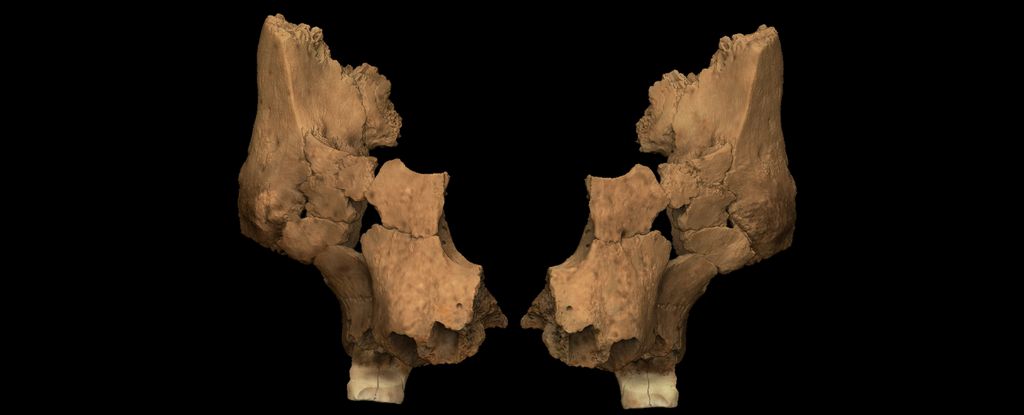People with ADHD-like traits may have an evolutionary advantage when it comes to finding food in the wild.
In a new experiment, researchers found that individuals with distinguishing qualities of attention deficit hyperactivity disorder, like difficulty regulating where they focus their attention, and restlessness, have better foraging strategies than those with more neurotypical traits.
The findings have researchers speculating that ADHD evolved as an adaptive survival strategy – one that hinders resource exploitation in the same spot and instead favors exploration of new spots. This could possibly explain why ADHD is so prevalent in the human population today, impacting hundreds of millions worldwide.
“If [these traits] were truly negative, then you would think that over evolutionary time, they would be selected against,” neuroscientist David Barack of the University of Pennsylvania told Nicola Davis at The Guardian.
“Our findings are an initial data point, suggestive of advantages in certain choice contexts.”
Barack and his team’s experiment included 457 participants, who were tasked with picking as many berries as they could from virtual bushes on a computer screen in a limited period of time.
Each time a participant clicked on a patch of berries, they depleted the virtual bush. Individuals had to then make a choice: stay at the same patch and collect fewer berries, or spend precious time traveling to a new patch.
In some cases, travel to a new berry patch on the screen took just one second. In other cases, it took 5 seconds.
Those who screened negative for ADHD tended to stay too long at a berry bush to achieve optimal foraging. Whereas those with ADHD-like traits were more likely to leave a patch sooner and less likely to exploit any one berry bush. They also collected more berries by the end of the experiment.
The findings are supported by previous studies, which suggest that nomadic lifestyles are tied to genetic mutations implicated in ADHD.
Outside of a foraging society, however, the traits of ADHD may not always prove so beneficial.
Modern decisions are often made in contexts where resources are bountiful, constantly available, and un-depletable. Constant reward-seeking behavior, driven by dysfunction of dopamine pathways in brain reward centers, may cause those with ADHD to forever flit between tasks without completing any.
The idea that ADHD-like traits are adaptive in some environments remains highly speculative, and needs to be explored more thoroughly by future research. The test scores for ADHD used in the current research, for instance, don’t necessarily indicate a proper diagnosis.
Even still, this is not the first time that scientists have tried to explain why traits of ADHD are so widespread in the human population. Nor is it the first time that foraging advantages have been used to explain the global prevalence of the disorder.
Previous studies have found that search patterns tend to be longer and more circuitous for those with ADHD. This may contribute to higher levels of creativity.
And some research on rats suggests that simulating parts of the mammal brain – associated with greater activity in those with ADHD – provoked the rodents to leave foraging patches sooner.
These findings together suggest that certain neural circuits somehow tune the brain for ‘explore versus exploit’ decisions.
When it comes to navigating modern life, ADHD can pose a serious problem. The new findings, however, suggest such negatives may be largely circumstantial.
The different ways that humans think and approach the world could be the very reason for our great success as a species.
The study was published in Proceedings of the Royal Society B.





